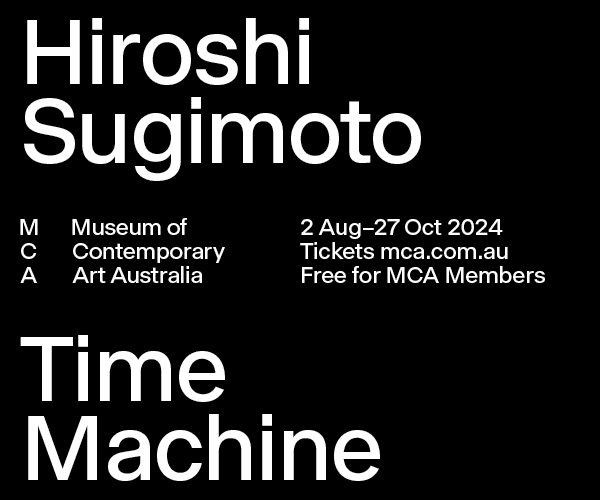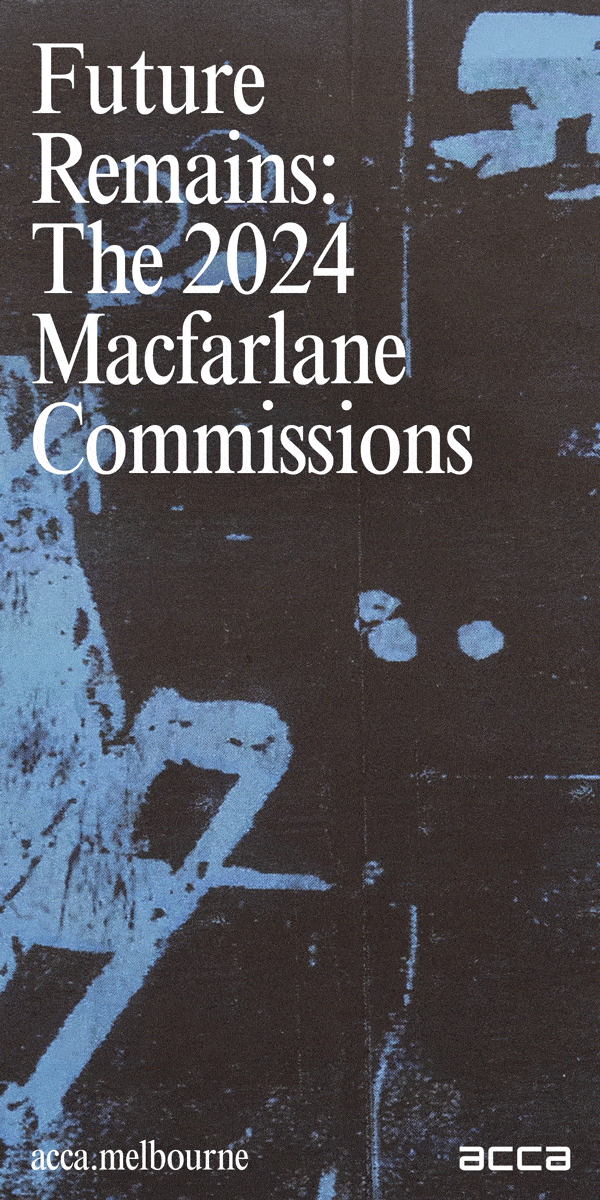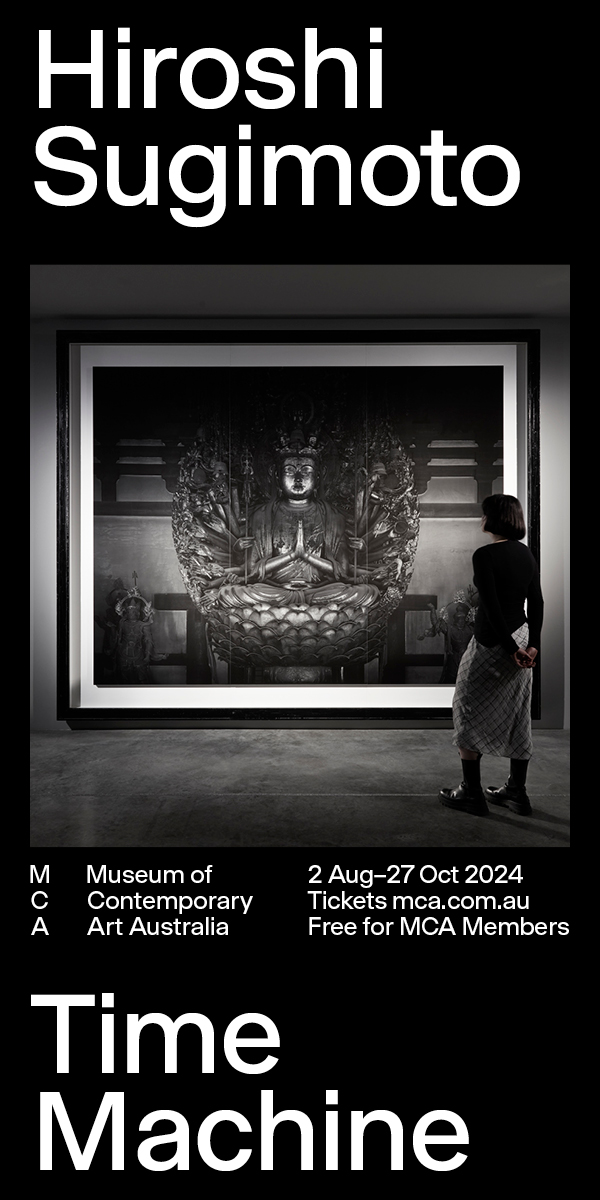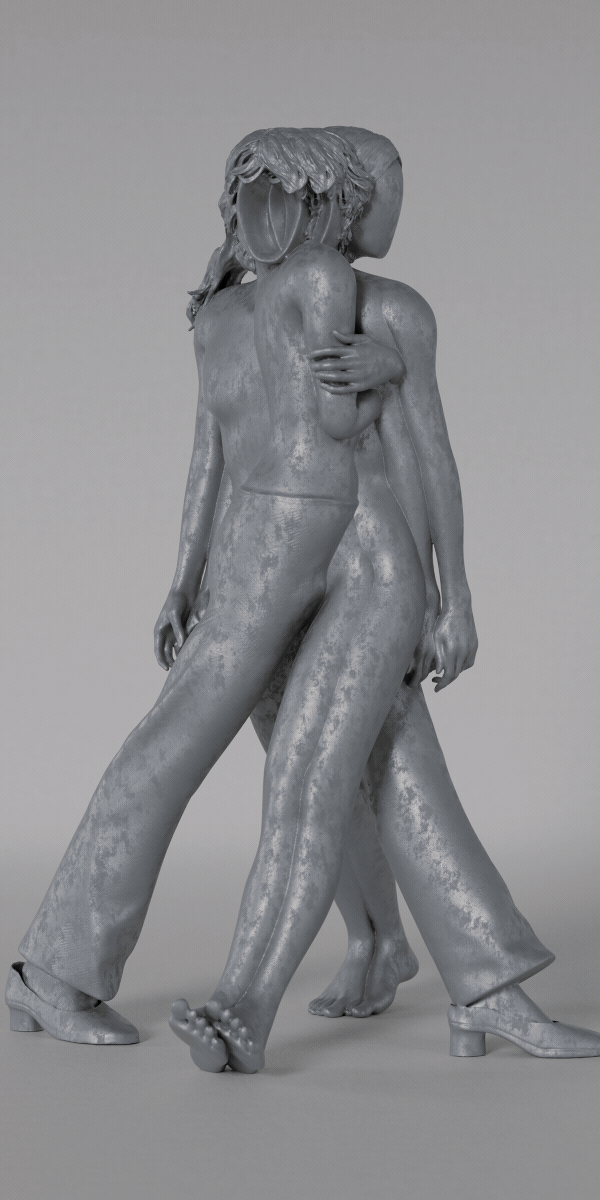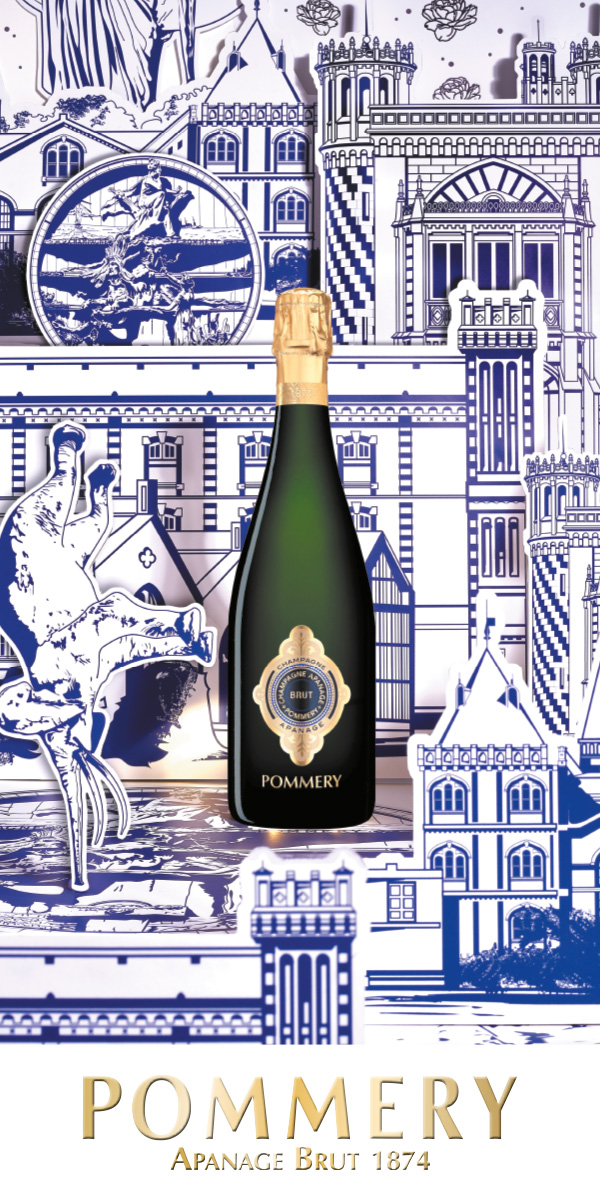Object: Angela Valamanesh
VAULT looks at artist Angela Valamanesh’s intriguing sculptural objects, which explore the possibilities of the material and describe the natural world.

Image credit: Angela Valamanesh, Little Creatures 1, 2021, acrylic on canvas on board, wooden frame, 90 x 69.5 cm. Courtesy: Gallery Sally Dan-Cuthbert
A series of small ceramic sculptures hang on a wall in an alluring congregation. These are intricate, exquisitely beautiful yet perplexing objects: some slick and reflective with an obsidian glaze, others chalky with a parched surface. A range of complex, blossoming abstract forms might evoke the microcosmic processes of seed germination, the migration of cells across the waxy surface of a petri dish or the shell of some crustacean risen from the primordial waters of our prehistoric past. A series of long, spiny, iridescent rods with cruel pointed protrusions may be a thorny branch, a historical weapon or perhaps an undulating column of giant kelp.
These works make up part of the series Morticia’s Garden by South Australian artist Angela Valamanesh. Exhibited in the 2022 Adelaide Biennial of Australian Art: Free/State (curated by Sebastian Goldspink), the series sits alongside a body of her early work and works by her late husband Hossein Valamanesh, as well as collaborative installations they developed together. The exhibition presents a poignant lineage of both artists’ practices. Critic John McDonald speaks of Hossein’s tragic passing months prior to the exhibition opening, musing that their work has “now taken on an elegiac dimension. They serve as the unofficial heart of this Biennial.”
When taking in the cohesive form of Angela Valamanesh’s various artworks, it makes sense to know that her process often begins with drawings that evolve and change according to material or physical limitations. At first glance the objects she creates seem familiar but upon closer inspection they elude us, resisting classification. They are otherworldly, but due to their scale there is sense of approximation to the body. Even if you ...Subscribe to read this article in full






